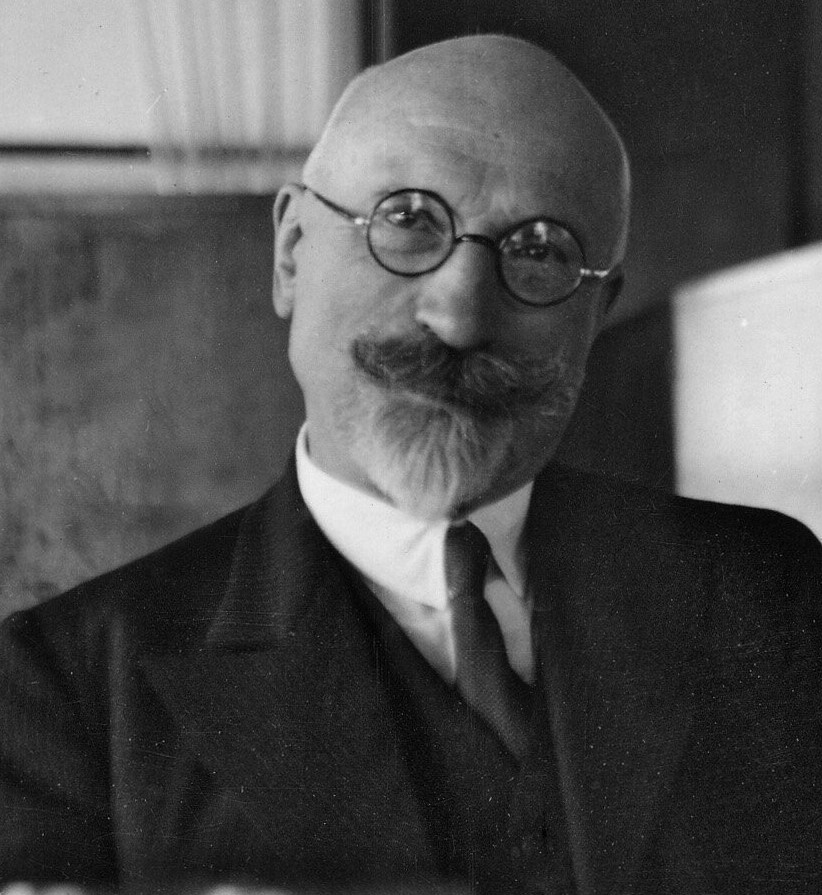Transforming Construction with Reinforced Concrete and Aesthetic Vision
When you look at the people who changed the face of construction, Robert Maillart (1872-1940), has to be included on the list. He was a Swiss civil engineer whose pioneering work in reinforced concrete transformed the field of bridge and building construction. He is widely regarded as a visionary architect who not only pushed the boundaries of engineering but also embraced the aesthetic potential of concrete.
Before Maillart, bridges were often bulky and heavy, built with traditional materials like stone and steel. Maillart, however, saw the potential in concrete, a relatively new material at the time. He was not just interested in its strength and durability - he saw its aesthetic potential.
Maillart believed that engineering and beauty could coexist. He experimented with thin-shell structures, where less material yielded impressive strength. This resulted in bridges like the Salginatobel Bridge in Switzerland (pictured), where the bridge deck itself acts as a structural shell, eliminating the need for bulky beams. This resulted in a remarkably slender and lightweight bridge, utilising less material while maintaining exceptional strength.

Another game-changer was Maillart's use of three-hinged arch designs. Unlike traditional, rigid arches, these incorporated hinges that allowed for flexibility and adaptation to various loads and movements. This resulted in structures like the 99-metre long Schwandbach Bridge, known for its graceful, curved form that effortlessly distributes weight.
While bridges are often his most celebrated works, Maillart's influence extended beyond them. During his time in Russia, between 1912 and 1919, he designed and built several industrial buildings like factories and warehouses. These structures showcase his versatility and ability to adapt his design principles to various functions. He applied similar principles of efficiency and elegant simplicity to these buildings, demonstrating their potential beyond pure functionality.
Maillart was obsessed with optimising material usage. He aimed for maximum strength with minimal concrete, leading to cost-effective and visually stunning structures. His clean lines and sense of lightness set him apart from his contemporaries who saw concrete as purely functional.
This was because, unlike many of his contemporaries who viewed concrete solely as a utilitarian material, Maillart recognised its aesthetic potential. He believed that functionality and beauty could go hand in hand, and his designs showcased the elegance and inherent beauty of concrete.
Today, Maillart is recognised as a pioneer of reinforced concrete design. His work inspired generations of engineers and architects to embrace new possibilities and push the boundaries of concrete construction. He showed the world that bridges could be not just functional, but also elegant and awe-inspiring.
Sources:
- Wikipedia: https://en.wikipedia.org/wiki/Robert_Maillart
- Britannica: https://www.britannica.com/technology/bridge-engineering/Suspension-bridges
SciHi Blog: https://journals.sagepub.com/doi/pdf/10.1177/2041419620923129
Additional Articles

Why everyone has a favourite skip and what it says about you
In construction, there are two universal truths – tea, of course, is essential and believe it or not, everyone - whether they are prepared to admit it - has a favourite skip. It may sound strange,...
Read moreThe cultural significance of the bacon roll in UK construction
Walk onto any construction site in the UK at 7:30am and you’ll quickly discover that the most important piece of equipment isn’t a digger, a drill or a laser level. It’s a humble, foil-wrapped,...
Read more

Check out the odd things unearthed on construction sites
Dig deep enough on a construction site and you might be amazed at what you find. In fact, if there is anywhere destined to uncover hidden treasures, you are in the right place. Large-scale ground...
Read more